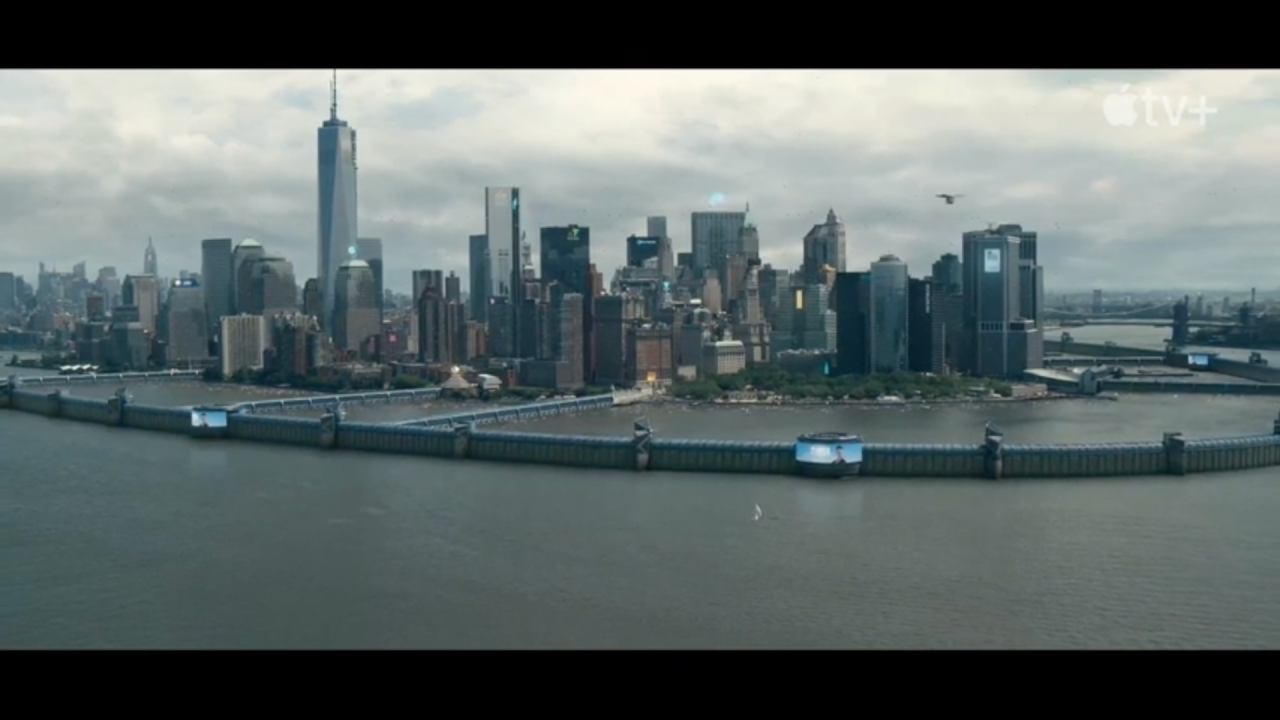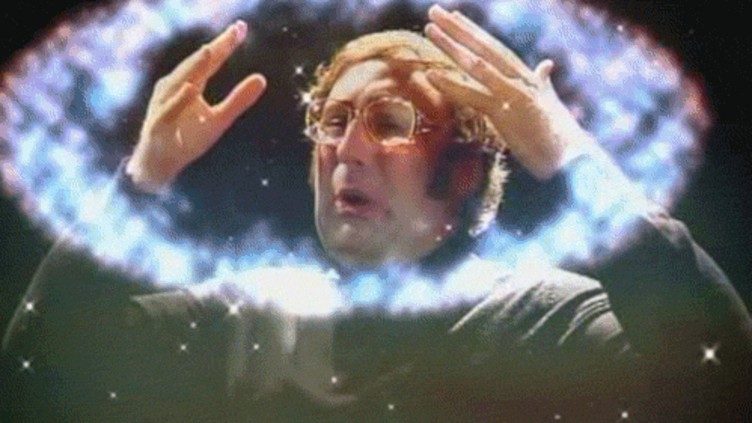A monopsony is also a market failure: WalMart
Wal-Mart is one of the biggest companies in the world and the first one company in retail sales in the US. It is so big that it could be the 20th country comparing sales with GDP. So, the power and the influence of this company is measure in a world basis scale. Their sustainability policies are under discussion because it is not clear if they are really concerned about the problem or only they are washing its image with ‘green’ water.
Wal-Mart has been pointed as the responsible of many laid-offs of American workers because its suppliers have had to outsource their production overseas. The reason is because Wal-Mart squeezes the suppliers’ margins till insane levels.
From my point of view, it is a clear case of monopsony, which is a market form in which only one buyer (Wal-Mart) faces many sellers (suppliers). Probably is more a case of oligopsony, where few buyers faces many sellers, but the power of Wal-Mart is so big, that we can be considered a monopsony in many cases. (Remember that the rest of retail marketers are so far from Wal-Mart than it can push the price of many products in the wholesale market)
Monoposy is an example of imperfect competition, similar to a monopoly, in which only one seller faces many buyers. As the only or majority purchaser of a good or service, the ‘monopsonist’ may dictate terms to its suppliers in the same manner that a monopolist controls the market for its buyers.
The figure below shows the effect of a monopsony in a market. The price and quantity of a competitive market are tagged as Pc and Qc respectively, being the cross between the suppliers curve (S) and the demand curve (blue). Without entering in more theoretical details, the monopsonist can force the market to move according its Average Expenditure curve (Ae). Doing that, they reduce the amount of product that they buy (Qm) but, most important, they can shrink the price to Pm. The result is that they win the green area in terms of savings however they lose the red area because they buy less, but it is not a problem since red area is smaller than the green one. The suppliers lose the blue area because the sell cheaper and less quantity than the optimum. The general result is a social loss of the red and blue areas, marked with stripes. The social loss means that the society, as a whole, is away from the optimum, so it is losing welfare due to the greedy action of the buyer.
 Monopsony is a market failure
Monopsony is a market failure
In the real world, this social loss is the unemployment generated by the bankruptcy of many US companies that Wal-Mart is causing. Obviously, Wal-Mart knows that, and I think they are trying to use some of the extra income they obtain with the monopsony to wash its public image with sustainability strategies, in many cases, impossible to satisfy. (For example 100% consumption from renewable, it sounds pretty ambitious in a country where the 45% of the electricity comes from coal)
Due to Wal-Mart is pushing continuously the suppliers to reduce their prices; many of them have to outsource the production to other countries, as China or India. That is not bad by itself. In fact, it is really good from an ideal framework. David Ricardo, a world famous economist, demonstrated in the XIX century that the international trade is always beneficial for both countries, since each one specializes in the products it makes better. This is called the Comparative Advantage theory. In this case, it is clear that all Americans have taken advantage of low prices that Wal-Mart offers. The inflation has maintained low thanks in part, to the big retailer strategy. That is ok in an ideal world, but the problem is that these low prices in China are not caused they are better manufacturing products, it is because they generate enormous externalities that are not reflected in the price: pollution, unfair labor conditions, etc.
So, at the end, the fail in the wholesale market is creating a social loss that compromise the long term for winning in the short term. That is the opposite definition of sustainability. Wal-Mart has not much to say or to do in sustainability without solving its ‘little’ problem with competition before.
That is market failure, and as well as the monopolies, should be regulated. The cases of monopsony are not so well-known by regulators as monopolies, but there are Acts against them. The famous Sherman Antitrust Act (1890) says in the Section 2 ‘Every person who shall monopolize, or attempt to monopolize, or combine or conspire with any other person or persons, to monopolize any part of the trade or commerce among the several States, or with foreign nations, shall be deemed guilty of a felony’. The subsequent Clayton Act (1914) declares illegal: sales on the condition that the buyer or lessee not deal with the competitors of the seller or lessor or the buyer also purchase another different product but only when these acts substantially lessen competition (Act Section 3, codified at 15 U.S.C. § 14).
So the problem is known and the laws are already prepared to deal with this, so why is not being solved yet? It might be because the money that Wal-Mart uses doing lobby. According to www.opensecrets.org, in the last four year they have expended more than 25 millions of dollars in lobbying.
http://www.opensecrets.org/pacs/lookup2.php?strID=C00093054
To sum up, I think that in the case of Wal-Mart we are not facing a problem of believing or not in the good promises of a big company about sustainability, we are facing a market failure, that it will not be solved only with some unhappy customers quitting from Wal-Mart, and launching a sustainable strategy to become ‘the most competitive and innovative company in the world’.





